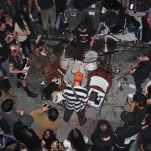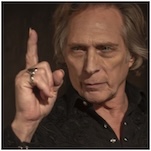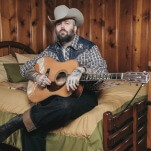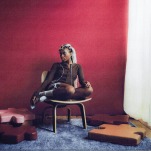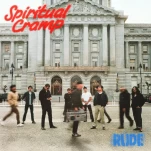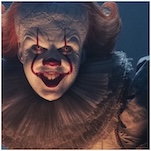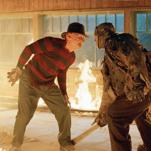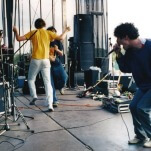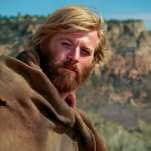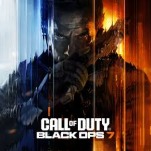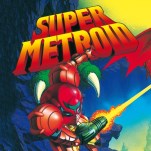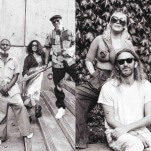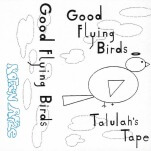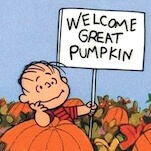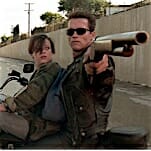Wild Kinetic Dreams: Rush’s Power Windows at 40
For all of its bold melodies and modern production, Power Windows is still a Rush album: complicated, unpredictable, and lovably nerdy.
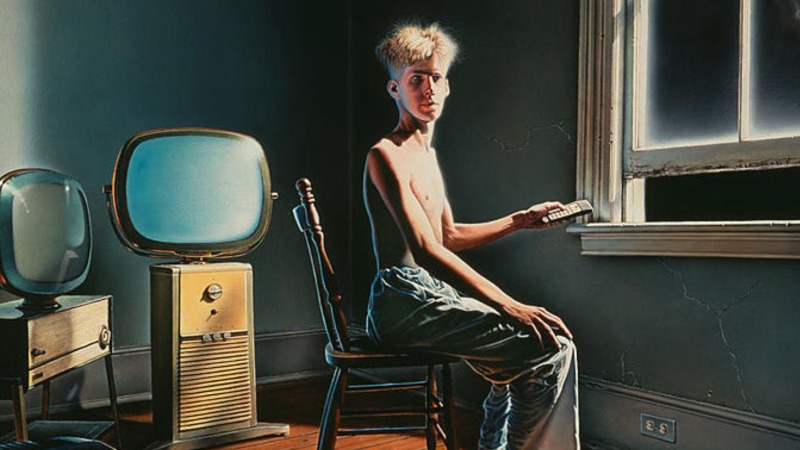
There’s a point when I’m watching Rush’s 2010 rockumentary Beyond The Lighted Stage where I stop having fun and start wanting to throw a brick through my television screen. It’s around chapter ten, “New World Men,” as we follow Rush into the mid-1980s. The Canadian rock trio—bassist/singer Geddy Lee, guitarist Alex Lifeson, and drummer/lyricist Neil Peart—are in flux. Since 1976’s 2112, Rush had a devoted fanbase, listeners drawn to their prog-rock epics and brainy lyrics. By the early eighties, they’d outgrown their cult-classic status, bolstered by radio hits like “Tom Sawyer” and “Limelight.” 1981’s Moving Pictures upgraded them to a new level of fame, charting as high as #3 on the Billboard 200. As they hit the mainstream, Rush leveled up to arena tours.
But Lee, Lifeson, and Peart just couldn’t help themselves from progressing onto something else. They knew they had a winning formula with Moving Pictures, though they had no interest in repeating that album’s success. There’s too much out there to explore—too many new, shiny, digital toys to make music on. They turned away from the limitations of the bass-drums-guitar format and adopted something glossier and full of reverb. The trio began experimenting with keyboards, electric drum kits, and Miami Vice blazers. Gone were the long, shaggy ‘dos the band sported throughout the 1970s, replaced by mullets and rat tails. And with shorter hair came shorter songs.
The talking heads of Beyond The Lighted Stage aren’t happy with this era of Rush’s evolution. Dream Theater drummer Mike Portnoy says, “Once the keyboards and the shorter songs became more of their sound, that’s when I kind of moved on to other things.” Tim Commerford, bassist for Rage Against the Machine, is more explicit: “I didn’t like it. And I still really don’t like it that much.” Beyond The Lighted Stage falls into the archetypical—and extremely boring—trope of classic rock documentaries: synthesizers are the boogieman gobbling up the authenticity of real bands like Rush and turning them into stylized, MTV-ready pop pieces. From the documentary’s tone, you’d think Rush started making Paula Abdul records.
-

-

-

-

-

-

-

-

-

-

-

-

-

-

-

-

-

-

-

-

-

-

-

-

-

-

-

-

-

-

-

-

-

-

-

-

-

-

-

-

